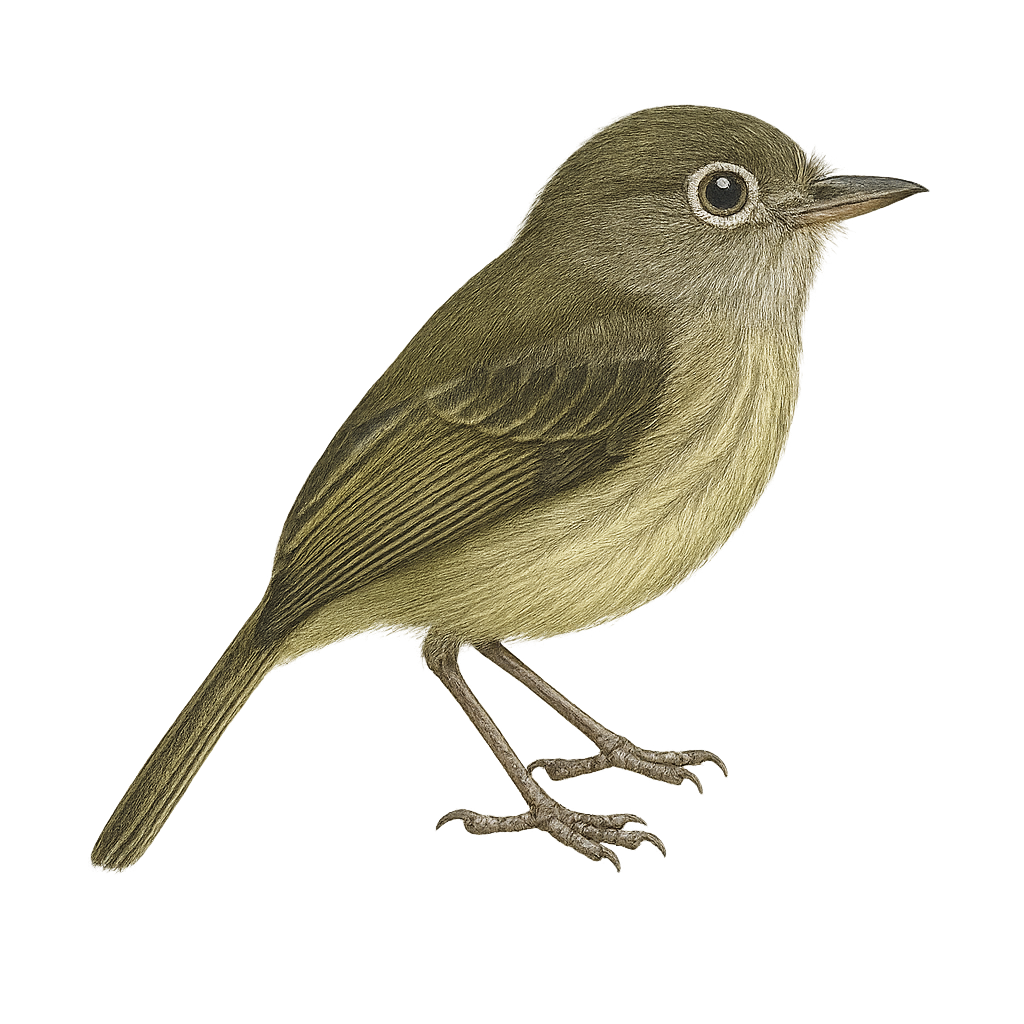Your wildlife photography guide.
Explore the yungas pygmy-tyrant in detail, study its behavior, prepare your shots.
Where to observe and photograph the yungas pygmy-tyrant in the wild
Learn where and when to spot the yungas pygmy-tyrant in the wild, how to identify the species based on distinctive features, and what natural environments it inhabits. The WildlifePhotographer app offers tailored photography tips that reflect the yungas pygmy-tyrant’s behavior, helping you capture better wildlife images. Explore the full species profile for key information including description, habitat, active periods, and approach techniques.
Yungas Pygmy-Tyrant
Scientific name: Hemitriccus spodiops

IUCN Status: Least Concern
Family: TYRANNIDAE
Group: Birds
Sensitivity to human approach: Suspicious
Minimum approach distance: 10 m
Courtship display: October to November
Incubation: 15-17 jours
Hatchings: October to December
Habitat:
Montane humid forests, subtropical forests, high-altitude woodlands
Activity period :
Primarily active during the day, with peak activity in the morning and late afternoon.
Identification and description:
The Yungas Pygmy-Tyrant, or Hemitriccus spodiops, is a small passerine bird belonging to the Tyrannidae family. It is primarily found in the humid montane forests of the Yungas, a region spanning Bolivia and northern Argentina. This bird is characterized by its olive-green plumage, gray breast, and distinctive white eye-rings. It measures about 10 cm in length and weighs between 6 and 8 grams. The Yungas Pygmy-Tyrant is an active insectivore, often seen alone or in pairs, darting through foliage in search of small insects. Although its habitat is relatively limited, it is not currently considered threatened, but deforestation could pose a long-term risk.
Recommended lens:
400 mm – adjust based on distance, desired framing (portrait or habitat), and approach conditions.
Photography tips:
To photograph the Yungas Pygmy-Tyrant, it is advisable to use a telephoto lens of at least 400mm to capture detailed images without disturbing the bird. Look for dense forest areas where it is likely to forage. Be patient and discreet, as this bird is suspicious and moves quickly through the foliage. Use a tripod to stabilize your camera and wait for the bird to perch briefly to get a sharp shot. Take advantage of the natural morning light to enhance the quality of your images.
The WildlifePhotographer App is coming soon!
Be the first to explore the best nature spots, track rutting seasons, log your observations, and observe more wildlife.
Already 1 432 wildlife lovers subscribed worldwide

